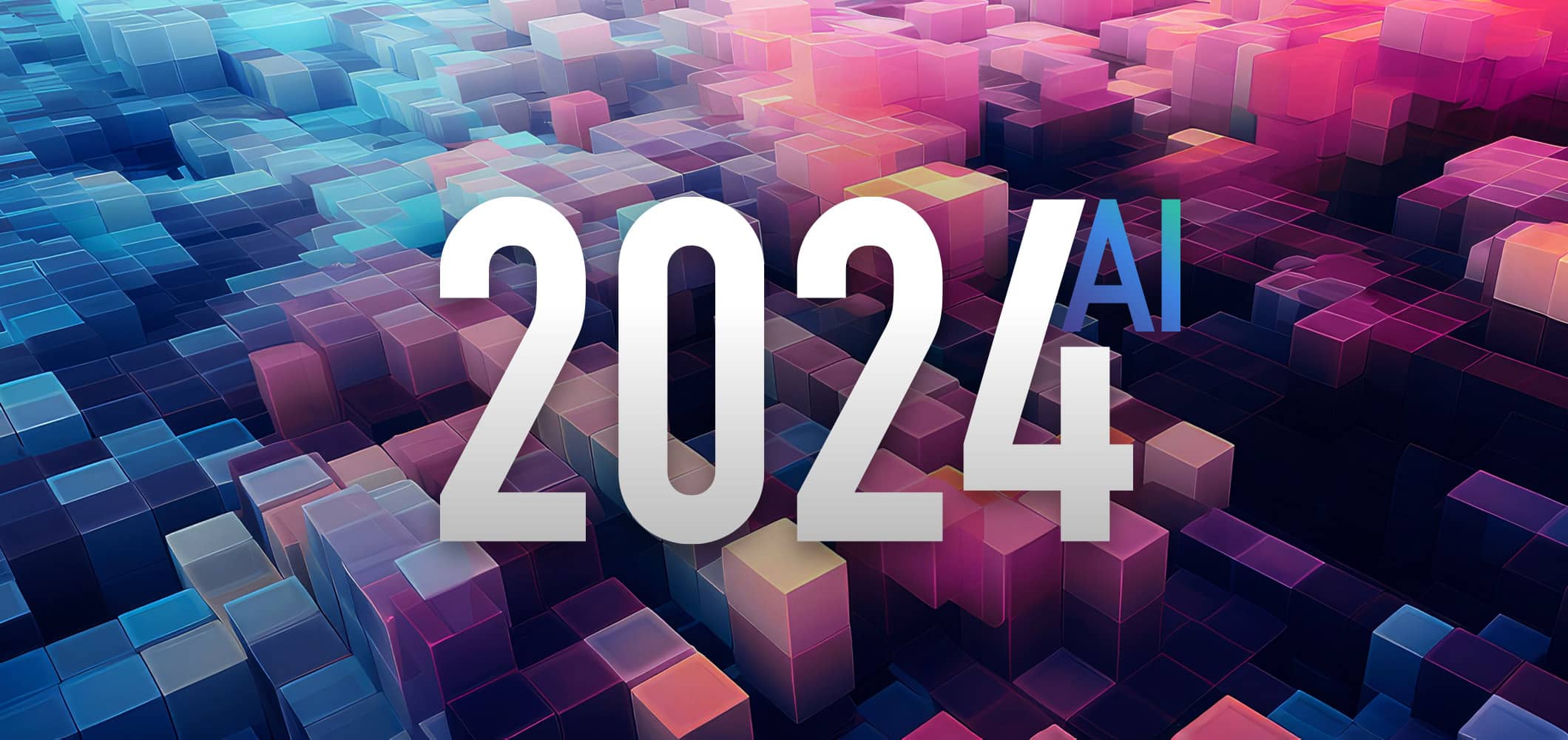
As 2023 draws to a close, it’s impossible to ignore the mainstream popularity AI has gained this year. Now, expectations are exceedingly high for Large Language Models (LLMs) and generative AI — but how will these innovations stack up in 2024?
As we enter the “post-transformer era,” decision makers aiming to unlock the true value of AI must educate themselves on how to augment current investments and leverage AI where appropriate to drive sales, onboard agents, and deliver superior CX in hyper-competitive environments.
To help cut through the AI hype, call out common misconceptions, and offer predictions for AI in 2024, Cresta recently co-hosted a discussion with Opus Research, bringing together perspectives from leading industry experts on what lies ahead.
In case you missed it, here’s a look at key insights from the session:
AI awareness is high but challenges remain
Dan Miller, Lead Analyst and Founder at Opus Research, and Derek Top, Research Director and Senior Analyst at Opus Research, revealed that AI is precisely as popular as you might guess, according to the 2023 Opus Research Conversational AI Survey.
Nearly all (99%) of survey respondents are aware of generative AI and 88% are currently evaluating use across all departments.
While those figures are impressive, organizations still face hurdles as they explore the use of generative AI. The top-cited challenges in reaching the full potential of AI and automation are employee acceptance (71%) and customer acceptance (44%).
With this information about the current state of AI in mind, Miller and Top discussed predictions for how the AI landscape will develop in the next year with Ping Wu, CEO at Cresta, and Tim Shi, Cresta’s CTO and Co-Founder.
The right models trained on the right data will become focal points
Now that the initial frenzy of interest in generative AI has progressed into a more strategic exploration of AI use cases for most businesses, the fact that LLMs are only as good as the information they’re given will take center stage in 2024.
Integrating generative AI with different systems to provide LLMs with the necessary context will prove vital for organizations looking to gain tailored benefits.
Similarly, generative AI solutions that align the most appropriate LLM to specific business tasks will offer the greatest benefits in the next year. As public LLMs converge to a similar, general set of capabilities, the opportunity to combine different LLMs to solve specific problems will become increasingly prominent.
In 2024, generative AI providers will consider how to combine LLMs to solve specific problems, integrate with all of the relevant systems to gain context, connect to knowledge bases, and more. In turn, businesses that invest in generative AI will see more targeted results.
Positive ROI will be well within reach
As LLMs grow more tailored, it will become easier to drive and measure ROI based on the metrics that individual organizations care most about. For example, some organizations may prioritize higher conversion rates to increase revenue while others will target better compliance rates to cut down on costly errors.
In any case, positive ROI will be easily attainable with the right generative AI solution in 2024. While there were early concerns about hallucination and cost, organizations are generally growing more comfortable with AI, and providers are learning how to safely and responsibly deploy solutions.
The idea of responsible AI takes shape
Just as LLMs need the proper organization-specific context to provide optimal value, each organization needs to develop their own standards for responsible AI that minimize bias, support transparency, and enable model quality assurance. In 2024, we’re likely to see more companies developing and implementing these standards.
Still, there are certain best practices that will remain consistent across most organizations. Chief among these is taking a human-in-the-loop approach to AI. This helps curb potential biases and allows the AI to continuously learn from the humans it is designed to support.
For example, Wu pointed out that Cresta leaves the opportunity to act on insights up to each business. While Cresta comprehends large swaths of conversational data and offers AI-generated insights, each company can choose whether or not to act on those insights by implementing new rules or engaging in coaching plans.
Augment or automate: the line will grow blurrier
Miller noted that, while generative AI is often sold on the merits of augmentation, the ROI of these solutions often relies on automation. This is simply to say: augmenting employee capabilities and automating rote tasks are not two wholly separate goals — they’re often closely linked.
For example, Cresta uncovers simple workflows that can be automated in order to free up agents’ time to focus on higher-value, more complex tasks. Not only does this improve employee adoption, it also fosters agents’ trust in AI. This enhanced visibility will remain the first step in managing AI-driven change in any organization over the course of the next year.
While questions remain about how generative AI will look a year from now, the experts agree that the true value of this technology lies in human enablement—not replacement.
To learn more about what industry experts predict for AI in 2024, watch the on-demand webinar replay. And to see how Cresta is leveraging the latest AI innovations to drive meaningful results for customers, schedule a personalized demo!


